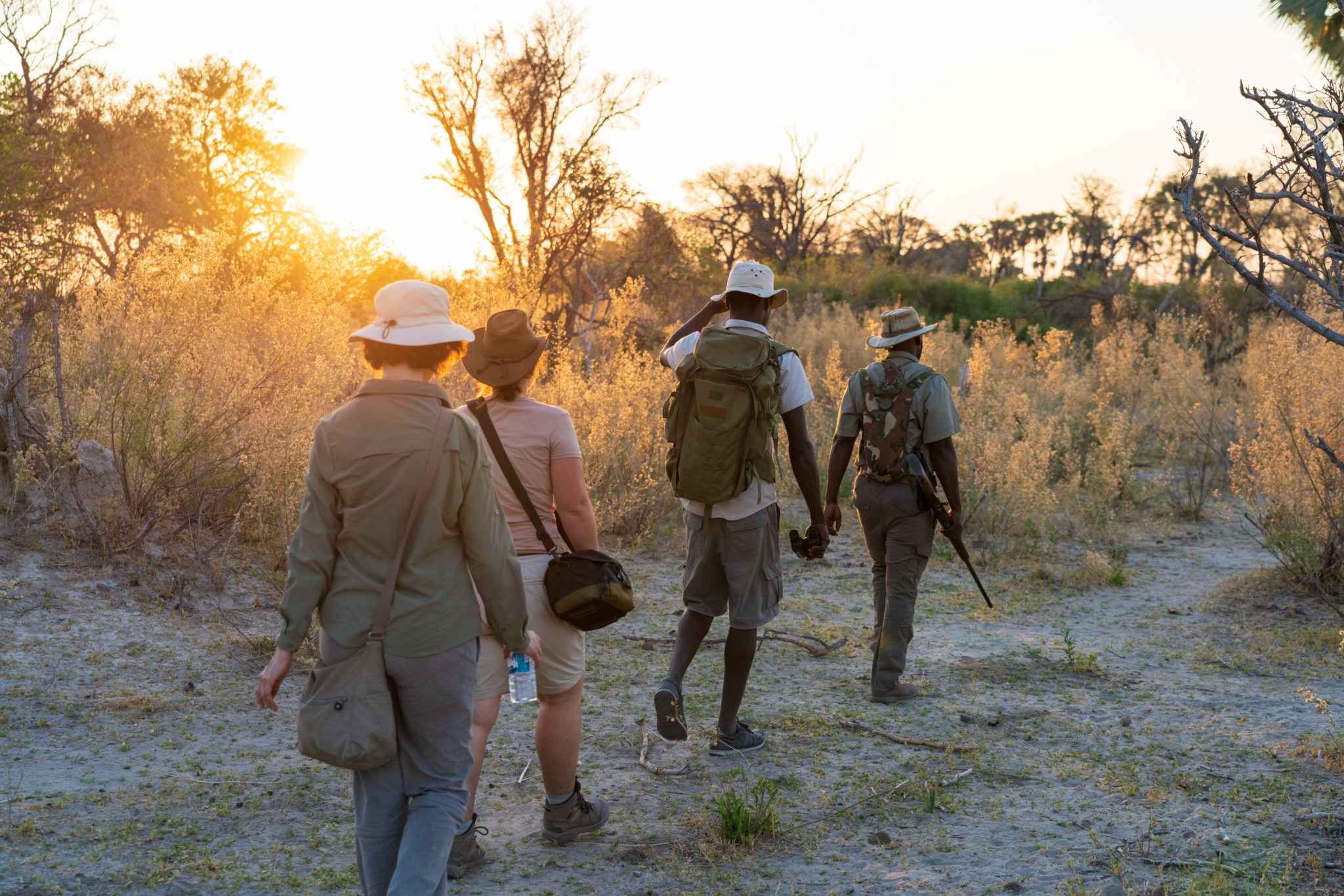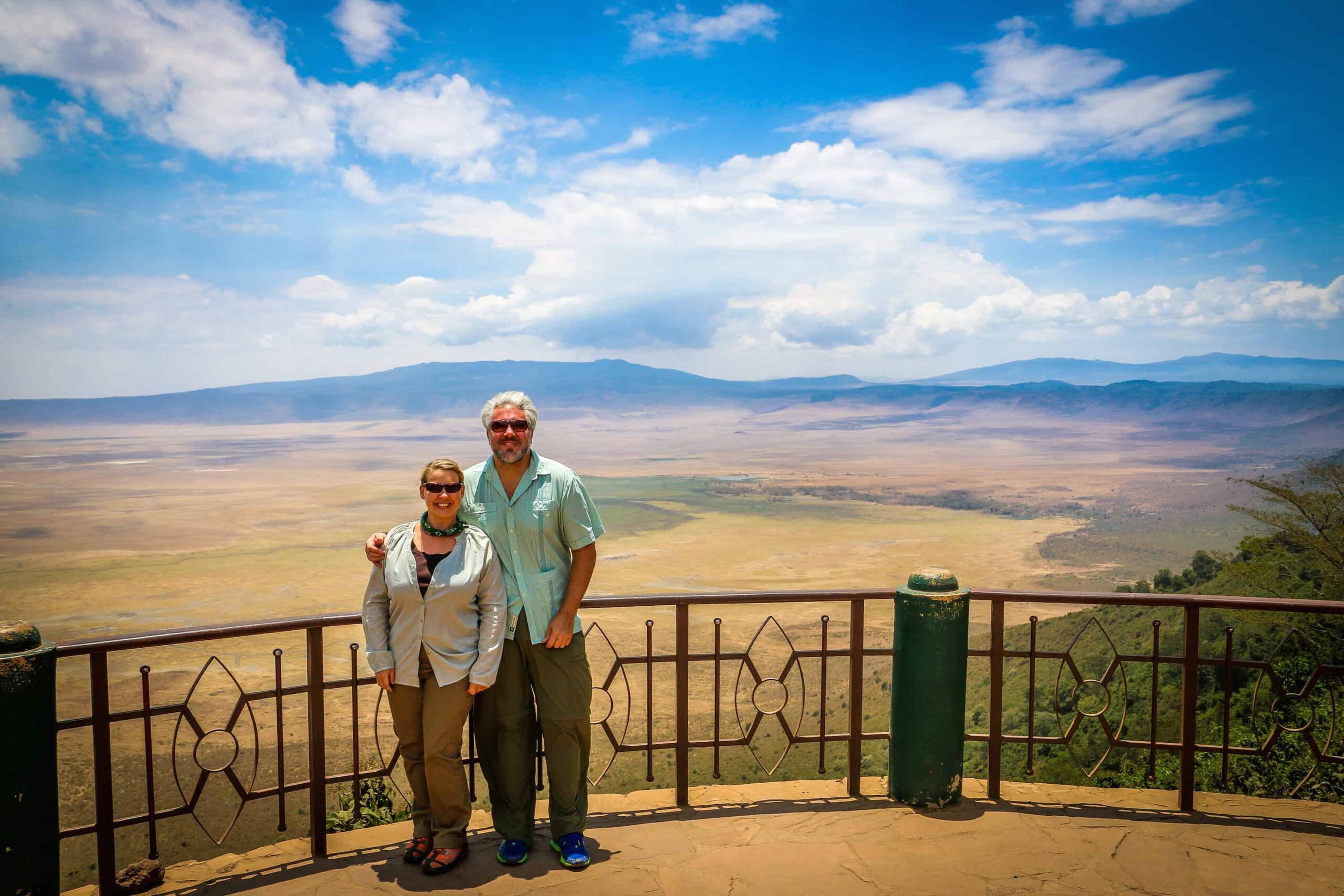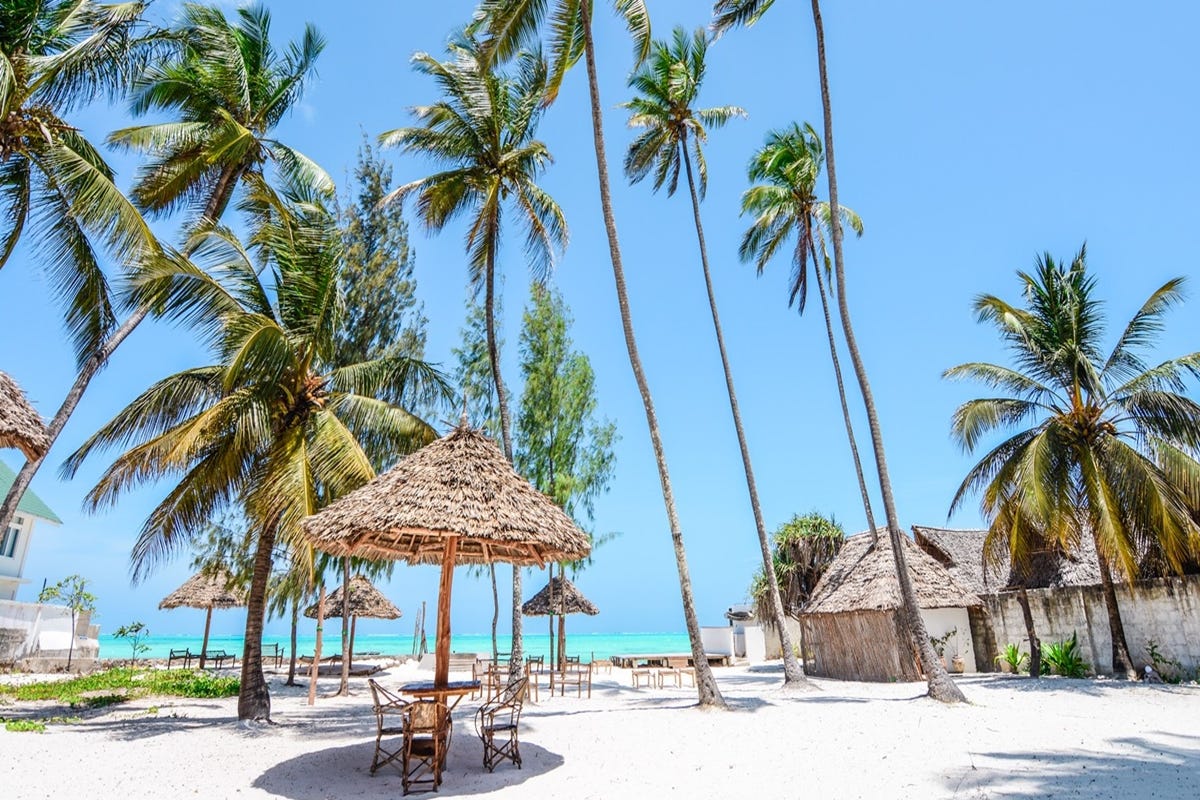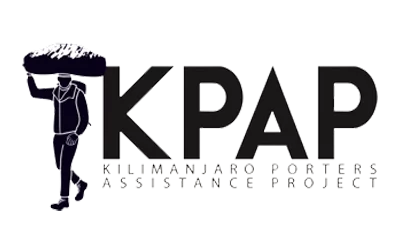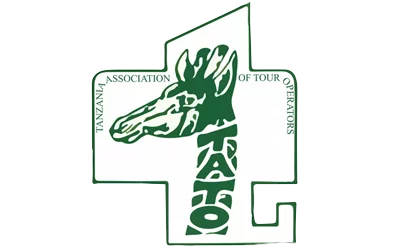Climbing Mount Kilimanjaro, Africa’s tallest peak, is a dream for adventurers worldwide. However, the success and enjoyment of this epic trek are significantly influenced by the time of year you choose to ascend. Kilimanjaro’s climate varies throughout the year, and understanding the best months to climb can make all the difference in your journey. In this article, we will answer this common question “What Months Can You Climb Kilimanjaro?”, and guide you through the different months and seasons for scaling Kilimanjaro.
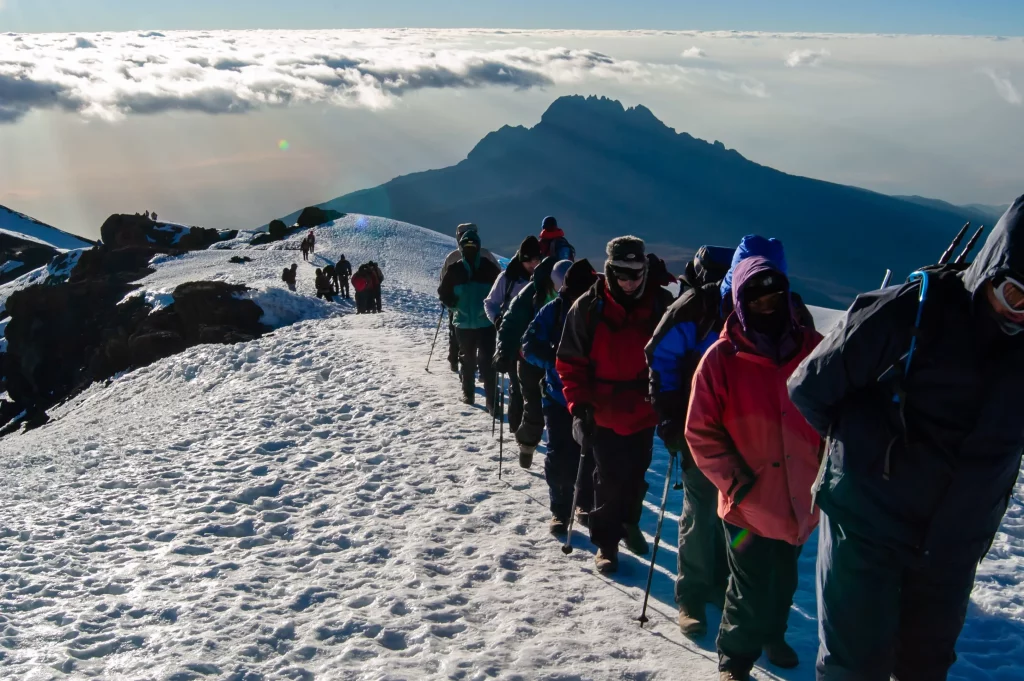
-
January to February (Dry Season):
The first two months of the year, January and February, mark the peak of Kilimanjaro’s dry season. These months offer excellent weather conditions with minimal rainfall, making them the most popular and ideal time for climbing. Clear skies, lower temperatures, and less precipitation provide optimal trekking conditions. However, due to its popularity, trails can be crowded, and reservations should be made well in advance.
-
June to October (Dry Season):
The period from June to October is another dry season on Kilimanjaro. These months are known for their pleasant weather, clear skies, and minimal rainfall. This is the second most popular time to climb, offering excellent visibility and comfortable temperatures, particularly during the day. Wildlife enthusiasts can also enjoy the lush landscapes and the chance to spot animals in the lower regions.
-
March to May (Rainy Season):
March to May is the long rainy season in Tanzania, and it’s generally not recommended for climbing Kilimanjaro. Heavy rainfall, muddy trails, and poor visibility can make the trek significantly more challenging and less enjoyable. While some trekkers do attempt the climb during this period, it requires more resilience and preparation for wet conditions.
-
November to December (Short Rainy Season):
The short rainy season in November and December is considered another less favorable time to climb Kilimanjaro. Though it’s not as wet as the long rainy season, these months can still bring unpredictable weather conditions, making the ascent more challenging. Treks are possible, but be prepared for the possibility of rain and cloud cover.
Factors to Consider:
Apart from the weather, there are other factors to take into account when choosing your climbing dates:
- Crowds: Peak dry season months (January-February and June-October) are the busiest. If you prefer a quieter experience, consider shoulder seasons.
- Budget: Prices for guided treks and accommodations can vary seasonally, with the dry season often being more expensive.
- Fitness and Preparation: Your level of physical fitness and ability to adapt to weather conditions should influence your choice of months.
Conclusion:
To answer “What Months Can You Climb Kilimanjaro?”, the ideal time to climb Kilimanjaro largely depends on your preferences and priorities. While the dry season months of January to February and June to October offer the best weather conditions, other periods can provide unique experiences for those seeking adventure in less predictable climates. Ultimately, the choice of when to climb Kilimanjaro should align with your personal goals and preparedness for the challenges of this iconic Tanzanian trek. Read our Kilimanjaro packing list and Kilimanjaro FAQs.

